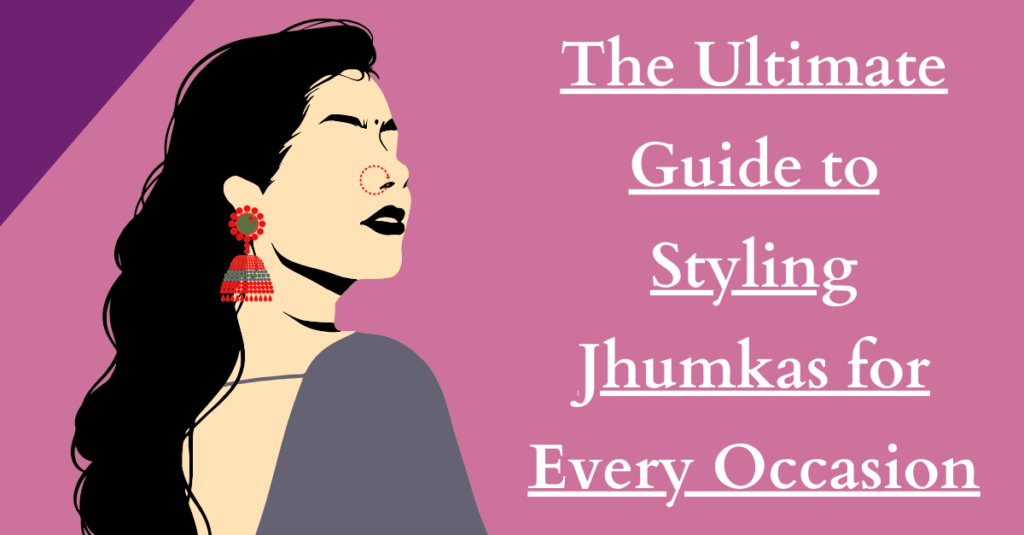How Much Does a Fashion Designer Earn? The Insider Info You Can’t Miss!
Introduction
Welcome to the captivating world of fashion, where creativity meets commerce in a whirlwind of colors, fabrics, and trends. Have you ever wondered just how much those behind the scenes, the visionary fashion designers, actually earn? Brace yourself for an illuminating journey as we delve into the enigmatic realm of fashion designer earnings. This article is your backstage pass, offering exclusive insider information that you simply can’t afford to miss.
From the glitzy runways of haute couture to the edgy streets of contemporary design, we unveil the truth behind the curtain, shedding light on the financial tapestry that weaves the fashion industry together. Get ready to be both inspired and astonished as we reveal the secrets, challenges, and dazzling rewards that come with the title of a fashion designer. Whether you’re an aspiring creator or just a curious fashion enthusiast, the revelation awaiting you is nothing short of sensational.
The Multifaceted Factors Influencing Fashion Designer Earnings
When it comes to fashion designer earnings, the landscape is as varied as the designs themselves. A multitude of factors intertwine to determine the income a fashion designer can earn. Experience and expertise play a crucial role, distinguishing early-career designers from established names. The years invested in honing one’s craft can significantly impact earnings, as a seasoned designer with a renowned portfolio commands higher compensation.
Location is another pivotal element in this equation. The fashion industry has its meccas – Paris, Milan, New York – but regional markets also contribute. Earnings vary based on geographical locations, with the cost of living directly influencing the salaries designers can command. A designer thriving in a fashion hub might earn substantially more than one working in a smaller market.
The nature of employment and the type of brand a designer associates with also hold sway over earnings. High-end luxury brands often provide greater financial rewards, reflecting the prestige and exclusivity associated with their creations. On the other hand, designers who venture into freelancing, self-employment, or entrepreneurial pursuits might discover alternative paths to financial success.
Educational background and training are cornerstones of a designer’s journey. Formal education in fashion design can offer a sturdy foundation, while specialized training can enhance one’s skills and lead to higher income potential. Those who continually invest in improving their craft often find themselves in a better position to command higher salaries.
Navigating the Fashion Designer Salary Spectrum
The fashion designer salary spectrum is as diverse as the fashion styles it encompasses. Entry-level designers typically start on a modest income, with salaries varying depending on factors like location and brand association. Internships, although initially unpaid, can provide invaluable experience and a foot in the door of a highly competitive industry.
Mid-career designers experience a gradual growth in earnings as their expertise and recognition expand. Establishing a unique design aesthetic and building a solid reputation can lead to increased demand for their work and, consequently, higher paychecks.
For senior and established designers, the pinnacle of their careers often brings the most significant financial rewards. Earning a reputation as a creative director or head designer can open doors to substantial compensation, reflecting the pivotal role these individuals play in shaping a brand’s identity and success.
Fashion Industry Specializations and Earnings
Within the fashion industry, designers can choose from various specializations, each offering distinct earning potentials. Ready-to-wear designers cater to mass markets, producing accessible fashion for a broader consumer base. While their salaries can be substantial, they may not reach the heights of designers crafting high-end, exclusive pieces.
Haute couture and luxury designers occupy a unique space, creating opulent and exclusive creations for the elite. The intricate craftsmanship and exclusivity associated with haute couture often translate to hefty paychecks, as discerning clientele are willing to pay a premium for one-of-a-kind designs.
The rise of streetwear and niche markets has also introduced new earning avenues. Designers who tap into emerging trends and subcultures can achieve remarkable success, with dedicated fan bases driving demand for their creations.
Navigating Challenges and Considering Strategies
The fashion industry is not without its challenges, and understanding these hurdles is vital for any aspiring designer. Economic fluctuations can impact consumer spending habits, influencing the demand for fashion and subsequently affecting designer earnings. Adaptability and diversification are key to weathering these storms and maintaining financial stability.
Marketing and branding also play a significant role in a designer’s income potential. Building a strong personal brand and cultivating a loyal following can translate into increased sales and higher demand for designs. However, designers must strike a delicate balance between artistic integrity and commercial success to ensure long-term financial prosperity.
The contemporary emphasis on sustainability and ethical practices has introduced another layer of complexity. With consumers increasingly favoring eco-friendly and socially responsible brands, incorporating these values into a design philosophy can influence a designer’s earnings.
Success Stories and Case Studies
Exploring the journeys of successful fashion designers provides valuable insights into the earnings potential within the industry. Renowned designers often started with humble beginnings, showcasing the possibilities for growth and financial success. Their unique paths, driven by innovation, creativity, and determination, highlight the diverse strategies designers employ to achieve financial prosperity.
Entrepreneurial success stories further underscore the potential for significant earnings. Establishing successful fashion labels and brands requires a blend of creativity, business acumen, and strategic planning. Pioneering new trends, embracing technology, and connecting with a target audience can pave the way for impressive financial gains.
Conclusion
The question “How much does a fashion designer earn?” is not easily answered with a single figure. The realm of fashion is complex and multifaceted, influenced by a myriad of factors that shape designers’ incomes. From early-career aspirations to the pinnacle of creative direction, the earning potential is as diverse as the industry itself.
Aspiring designers are encouraged to combine their passion for design with a keen understanding of the economic and market forces at play. By embracing challenges, staying adaptable, and cultivating a strong brand identity, designers can position themselves for financial success in an ever-evolving fashion landscape. So, whether you’re dreaming of creating breathtaking haute couture or shaping the next streetwear sensation, remember that the journey to fashion designer earnings is a unique, exciting, and potentially lucrative endeavor.

My name is Rohit Vagh and I’m a content writer specializing in fashion and lifestyle. I have three years of experience in this field and have written various articles. My writing style is creative and engaging, and I strive to create content that resonates with my readers. I have a deep passion for fashion and am constantly researching the latest trends and styles to make sure my readers are up to date. I’m excited to continue my career in blogging, and I’m always looking for new opportunities in the fashion and lifestyle space.





